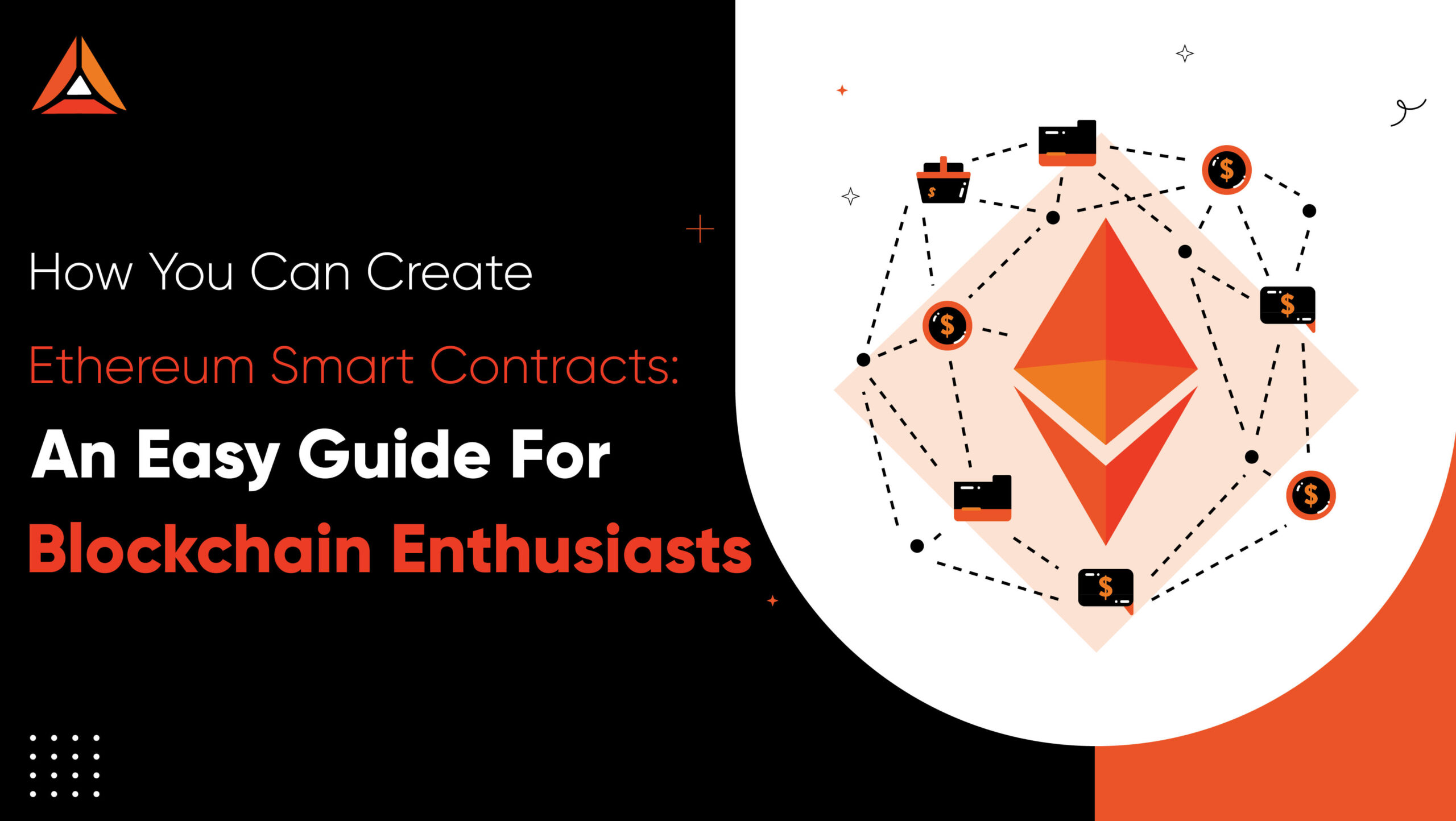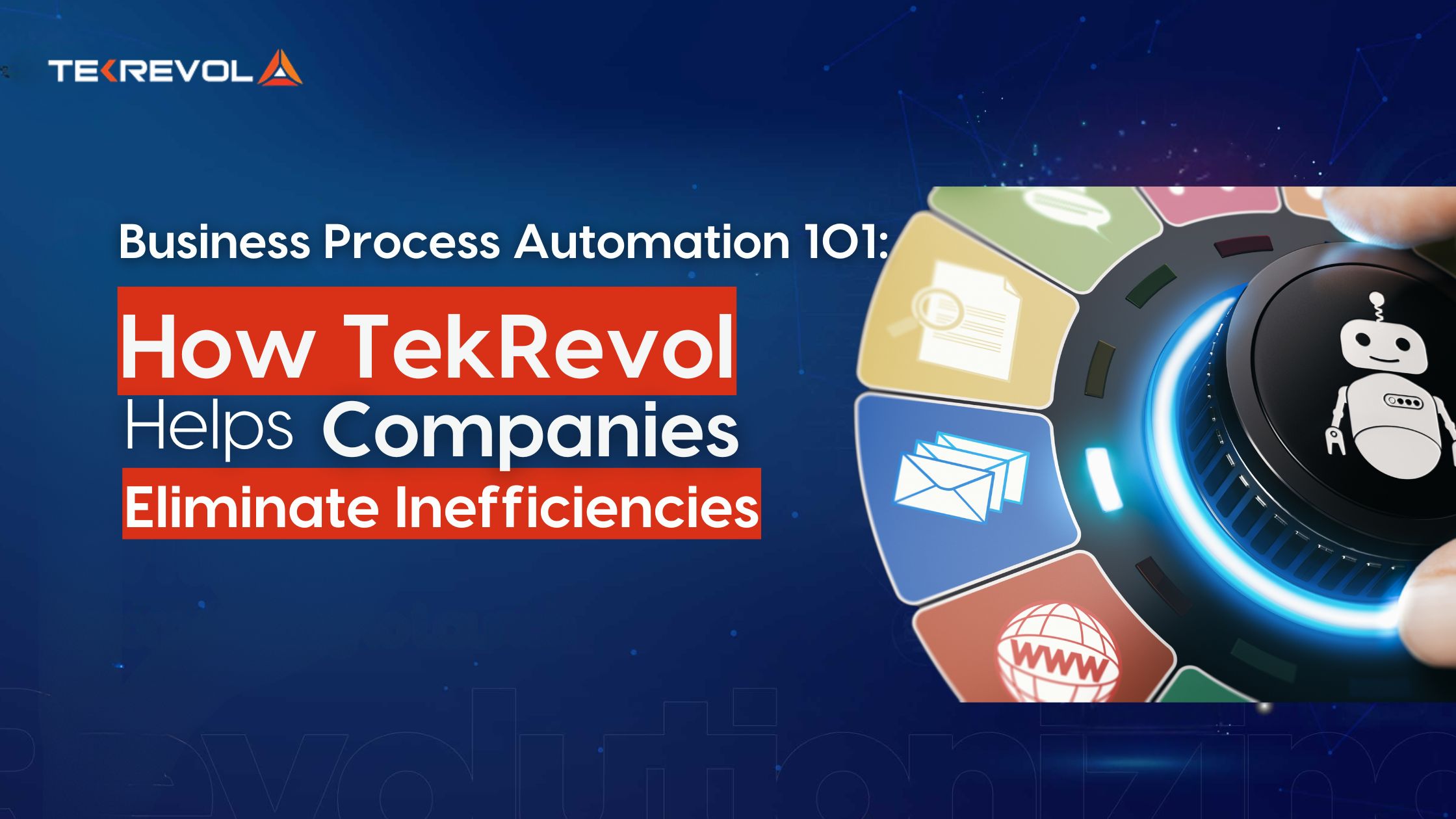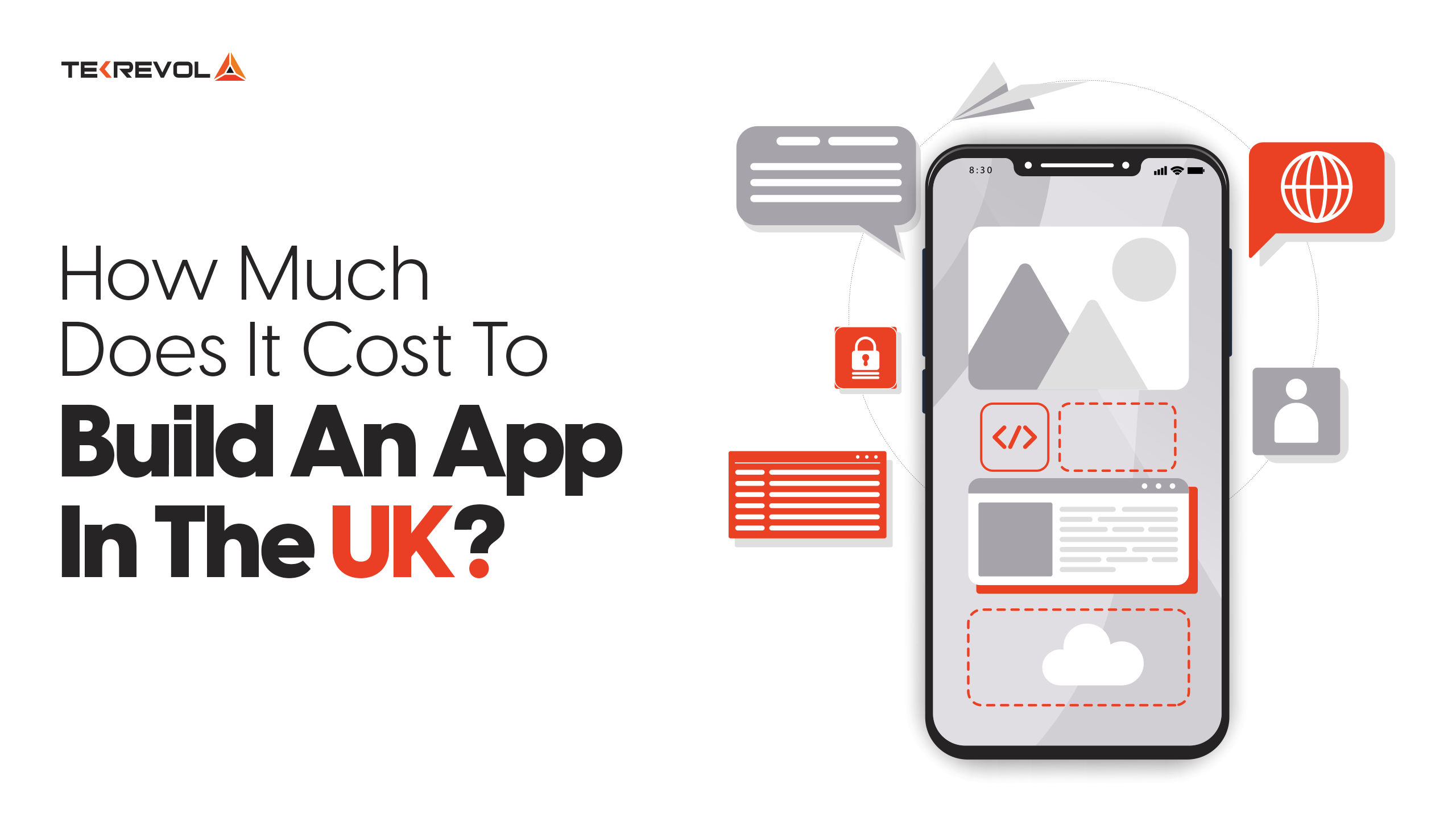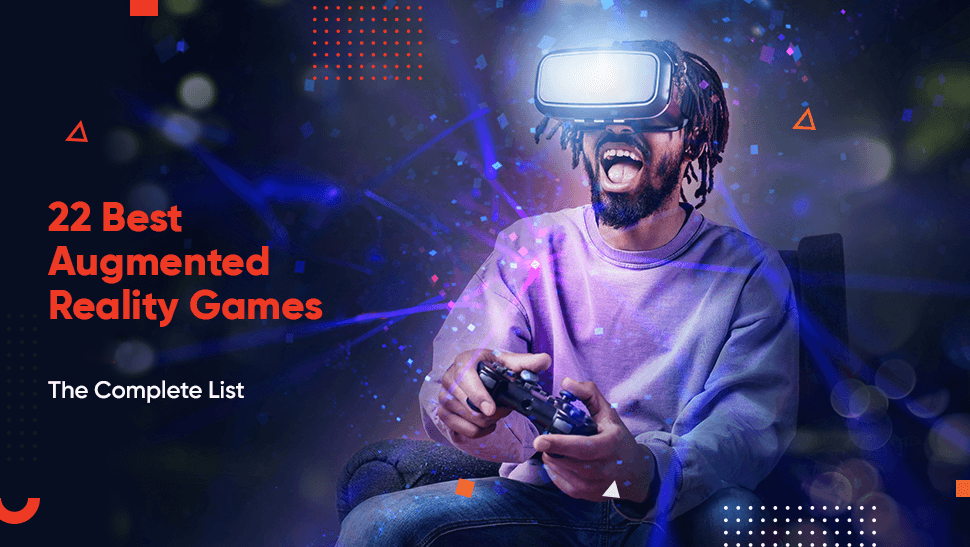Ethereum has significantly grown since 2015, reaching new benchmarks. When Vitalik Buterin, one of the co-founders of Ethereum first stepped foot in the blockchain market, he didn’t expect an exponential rise in just seven years.
Right now – Ethereum covers financial services, games, apps, and a lot more in a secure way. We would like to credit smart contracts for its success obviously.
We get that most people don’t understand what a smart contract is right away – it is a means of transaction without any hurdles (a bit more, we’ll explain).
Smart contracts are a fundamental part of Ethereum and enable the technology to transcend further. People get ownership of their data through smart contracts. No central authority is involved. Let us simplify it:
An example: Assume there is a restaurant that promises its customers to give an instant refund during delivery if their order gets late by more than 30 minutes.
Pizza places do this far too often. To provide instant refunds, the restaurant needs a robust transaction system. A simple app won’t cut it. Here’s where a smart contract application built on Ethereum block chain comes into play. Smart contracts ensure a quick and automated payment process without third-party interferences.
Of course, for business owners to get into a blockchain market, and not opt for a simple everyday app is an overwhelming decision but it is worth it in the long run.
Take authority and have more control. Keep reading as we explain and talk about Ethereum and disclose how you can create smart contracts.

What Are Smart Contracts?
Smart contracts are essentially a program built on an Ethereum blockchain. In a running state, it is a collection of codes that resides at a blockchain address and works when certain conditions are met.
There are lots of blockchains out there and smart contracts can be deployed on EOS, Hyperledger, Corda, and Tezos. But we’ll be focusing on Ethereum throughout. It is apparently a programmable blockchain, in favor of smart contracts.
Smart contracts work on pre-defined functions and follow an if-then pattern. For a transaction or any action to follow through, it needs to bypass initial defined conditions.
And once an operation is passed through with a smart contract, it cannot be reversed or modified. Making the entire process transparent, immutable, and distributable among the parties in charge.
Consumers often hesitate to sign-up for apps that might compromise their personal data. In terms of business use, when a setup is integrated with smart contracts and blockchain as a whole – security and reliability are no longer an issue.
Apps that are powered by smart contracts are known as decentralized apps (dApps) – as they are independent and limited to a peer-to-peer blockchain based connected network.
How Ethereum Helps Create Decentralized Platforms

iStock
Ethereum is the go-to option when it comes to decentralized platforms. According to figures, there are over 2900 dApps with around seventy thousand active users on a daily basis. Ethereum covers more than half of the decentralized app market – it helped make it what it is today.
An Ethereum integrated setup will ensure an automated, transparent, and ideal digital product. We recommend a smart contract-based application if you want your digital product to have automated features for consumers.
Here’s a scenario: In an NFT game – players expect to earn crypto tokens instantly as soon as they complete a round or go up a level. On an Ethereum supported dApp – you can create a system that ensures timely transactions straight to players’ wallets right after they complete a stage in the game. Waiting stages are skipped altogether.
Usually, companies require an IT support staff to run a standard app. The operating cost adds up. Whereas with smart-contract based apps, (dApp) you enable an ecosystem where there is one algorithm dealing with everything.
Even for fundraising – smart contracts enable a system where anyone can go ahead with an initial coin offering (ICO) and upscale their business by gathering investments. With the help of Ethereum smart contracts, run an ICO campaign and bring investors to the same page. Distributing minted coins among each other easily is possible with smart contracts.
Check out: 7 Best NFT Games to Download and Invest In 2022
- Looking for a decentralized app? Autonomy over your brand?
- At TekRevol – our developers and creatives can create a solution that fits in the bigger scheme of blockchain technology.
Ethereum and Smart Contracts
If we get into details and see why smart contracts and Ethereum align so well together – it will help us understand the entire mechanism and eventually come to a decision. Don’t worry. We won’t get too much into technical aspects. Just going over the basics.
So, here’s what you should know.
Gas
Gas is a term that refers to the cost required to perform a transaction on the Ethereum blockchain platform. Gas is donated in small fractions of the cryptocurrency ether (ETH) and is often symbolized by the word gwei or nanoeth when talking about transaction fees on the Ethereum network.
Think of gas as literal fuel. Ethereum needs gas just as any vehicle needs gasoline to operate and thrive. Gas fees exist to keep the process of cryptography secure and transparent. During every transaction performed, gas helps to keep away spammers and other malicious actors.
Gas Fee = Total Gas Cost x Gas Price
The amount of gas required depends on how complex the smart contract is and the network activity at the time. All transactions and measurements are taken on the Ethereum Virtual Machine (EVM) – which brings us to our next subject.
Ethereum Virtual Machine (EVM)
An Ethereum Virtual Machine is like a storing place that works as an interpreter for assembly language. Here’s an easier explanation – it is a platform that developers use to make decentralized applications (dApps) – it is also where all sorts of Ethereum accounts and smart contracts exist.
The transactions we talked about pass through the Ethereum EVM after a lot of inspection and are basically treated like any standard currency in a ledger system. We’re dealing with digital transactions right now.
Now, you might think that every blockchain-based network with a cryptocurrency uses its own distributed ledger but Ethereum rather thrives with a distributed state machine (EVM) – responsible for computing state changes whenever smart contracts are in question.
Solidity
Solidity is a developer-friendly programming language designed specifically by the geniuses behind Ethereum to create smart contracts and ensure a smooth ledger system for the EVM. Solidity is object-oriented and has pretty much the same functions like any other high-level language.
However, there is more emphasis on creating a system of networks where – receiving and sending digital tokens is easier than ever.
Solidity isn’t difficult to pick up. The language is influenced by Python, C++, and JavaScript – even those with a basic understanding of algorithms can understand how Ethereum smart contracts work. Yes, you won’t be the one dealing with codes directly, but understanding how things work helps.
Programming Languages and Toolkits for Smart Contracts
Before we try to understand how Ethereum smart contracts can be created, let’s try to understand what languages and tools you might have to deal with. Everyone wants in on the game and there is a huge inventory of tools specifically designed for smart contracts.
Have a look and see if there is anything useful for you (hint: there is) – we’re talking about programming languages, IDEs, frameworks, and Ethereum testnets.
The language you select will define everything else. The code your developers are familiar with can create larger impacts. Choose your gear accordingly. Here are the options:
- Solidity (first choice)
- Vyper (build secure smart contracts)
- Golang (backend communication)
Integrated Development Environments (IDEs) — a notepad-like software where developers write their code and then use its functions to eventually compile their code and run a program. To make smart contracts, you need a setup that is easy to navigate. What we suggest:
- ChainIDE
- Remix
- EthFiddle
Frameworks — development environments where Ethereum-oriented tasks can be tested, compiled, and debugged. Programmers use this when they want to measure certain dApp functions and or want to integrate other components in a smart contract. It’s like a room for testing where developers can do trial runs.
- Hardhat
- Truffle
- Embark
Ethereum Testnets — these are a collection of nodes used to test protocols. Assume it is a mock setup where you can deploy smart contracts without paying gas fees. Before you go out there with a smart contract – make sure everything is in place through a testnet. Take a peek:
- Rinkeby
- Goerli
- Ropsten
Apart from all these, there are a few more technologies you should look at. Creating smart contracts is an entire process and there are a lot of stakeholders at play. Go Ethereum, Parity, and Node.js are just a few examples.
What Role Solidity Plays
If there is one tool that stands out from the rest, we have Solidity – a programming language that helped establish Ethereum to where it is today. Most blockchain-based solutions you see today were made using Solidity. It is easy to learn and developers know so. According to figures – over 65% of developers achieved mid-level expertise in less than a year.
Solidity is more than just a programming language. It is part of a bigger landscape and has the potential to change the way we look at blockchain technology.
We recommend looking at Solidity documentation to learn more about the language – you will find enough resources and learning material.
- Do you need a blockchain integrated Fintech solution?
- We got you covered. At TekRevol – our developers can transform your vision into reality.
Create Ethereum Smart Contracts: Follow These Steps
Now… coming to the real question. Buckle up. We urge you to reflect on your business requirements and develop a clear-cut vision of what you would like.
When you partner with a digital transformation mobile app development company , it is better to already know the process behind smart contracts and blockchain technology as a whole. Here’s a step-by-step breakdown – learn how to create Ethereum smart contracts.
Note: too simple for developers. It is a basic tutorial for entrepreneurs and blockchain enthusiasts.
Step 1: Code
Coding sounds like a simple must-do thing that doesn’t have any complications. But in the case of decentralized apps – there are a few extra moves:
- Smart contracts work on automation. It requires a set of conditions. The right code will help initiate a transaction or connect it to the wider blockchain network.
- Keep a lookout for open-source libraries and templates. Blockchain spaces are a pretty open community – everyone contributes and shares their insight. OpenZeppelin and ModulTrade are two worthwhile examples.
- Look out for oracles – they are like a bridge – connecting blockchain to the real world. To get actual data, an oracle works as a support system for dApps. The goal is to integrate blockchain with real-world events.
Step 2: Test on a network
Again – you know that an executed smart contract cannot be reversed, it is immutable. No changes. Nothing. Considering the high transaction fees these days, it might not be the best business decision.
So, here is where the test phases come in. Test out all nodes. Make sure the chain makes sense. The EVM needs a clean transaction setup. Testnets and frameworks can help you out here. Your toolkit matters here.
Remember that a test network (Robsten, Goerli, Rinkeby…) is virtual and a transaction would have no real value – play around and optimize it.
Step 3: Deploy now
That’s it! After going through all sorts of cautionary measures – you should deploy the smart contract onto the blockchain. There’s nothing specific you have to do. One transaction and your smart contract will be out there in the public domain.
Once the code is compiled, there will be a deploy button nearby through an IDE. Proceed with a transaction and your smart contract will automatically become live.
Smart contracts are automated and pre-defined. It will take a while but every action you defined will kick in gradually.
Similar: How to Create a Cryptocurrency: A Quick Guide For Beginners
Problem With Smart Contracts: What You Should Know

Once we look past the praises and the appreciation behind the technology, notice that smart contracts still have a long way to go.
No doubt that smart contracts have played a huge role in creating a decentralized network where people can safely share their data – but there are also a few hazards and shortcomings you should know about.
Smart Contracts Cannot Be Reversed
While this is a plus point for most developers, it can cause damage to your business in the long run. Yes, smart contracts ensure a transparent transaction process but a lot of times – there will be bugs or minor faults that require patches.
Developers prefer to go through multiple trial runs (frameworks, testnets, IDEs) before deploying a smart contract. Get your hands on a testing environment. It is crucial in a blockchain space.
Smart Contracts Are Publicly Visible
When a smart contract is deployed and out there for everyone to see and use – your private data will be at stake. Transactions are visible to everyone on the blockchain network – this might feel intruding for some businesses.
Third parties are still restricted, and smart contracts will be confined to the network but still – people do get uncomfortable. Figure out if public visibility will pose a problem for your business and come to a conclusion. Private blockchain projects are always there. Hyperledger is one example.
Slow Transaction Speed
Right now, it takes anywhere from one second to five minutes for a smart contract to pass through on Ethereum, depending on the traffic. Even in best-case scenarios, the speed goes up to only 15 transactions per second.
Ethereum has been trying to overcome this issue for the past six years and we’re going to see a change soon enough with ETH 2.0. While Ethereum 2.0 is still going through a trial phase, there are huge promises in terms of improvement in speed. 100,000 transactions per second (TPS) are guaranteed and it is predicted to be more scalable.
Create Ethereum Smart Contracts with us
You can clearly observe that the mechanism behind smart contracts is complex but from a business perspective – the outcome is worth everything. Decentralization is the way forward. Upscale your brand with blockchain-integrated technologies.
Now. At TekRevol – we are familiar with developing games that integrate blockchain elements into the bigger picture. Take a look at Ether Legends, an NFT-based collectible trading card game that connects to a blockchain environment.
Read our case study on the app – how we are creating a bigger revolution in the blockchain game development space. If you have a similar idea, hit us up, and let’s see how we can collaborate.

 2451 Views
2451 Views June 16, 2022
June 16, 2022









